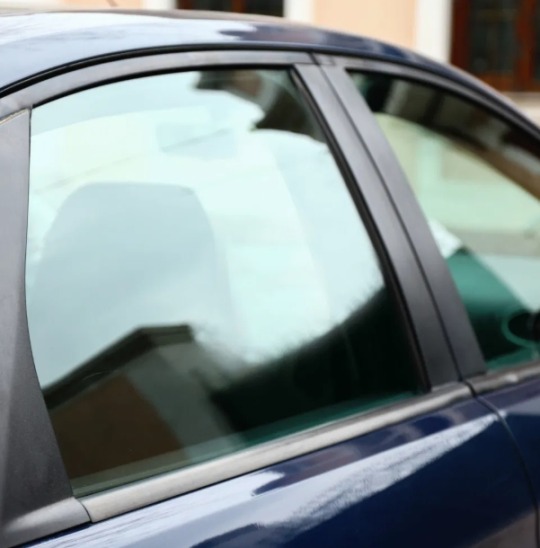Don't wanna be here? Send us removal request.
Text
Rear Glass Replacement: A Complete Guide to Repairing Your Device's Back Panel
Introduction
The rear glass replacement is a common repair for smartphones, tablets, and other electronic devices with glass backs. Whether your device has suffered a crack, scratch, or complete shatter, replacing the back glass can restore its appearance and functionality. This guide covers everything you need to know about rear glass replacement, including when it’s necessary, the repair process, and whether you should attempt a DIY fix or seek professional help.
Why You Might Need a Rear Glass Replacement
The back panel of a device is prone to damage due to its exposure to drops, impacts, and daily wear. Here are some common reasons for needing a rear glass replacement:
Cracks and Shatters – A single drop can cause hairline cracks or complete breakage, affecting aesthetics and structural integrity.
Scratches and Scuffs – Deep scratches can make the device look worn out, even if the glass isn’t fully broken.
Water Resistance Compromise – Many modern devices rely on a sealed rear glass panel for water resistance. A crack can break this seal.
Wireless Charging Issues – Damaged back glass can interfere with wireless charging functionality.
The Rear Glass Replacement Process
Replacing the back glass varies depending on the device, but the general steps include:
1. Assessing the Damage
Before proceeding, check if only the rear glass is damaged or if internal components (like the battery or camera) are affected. Severe impacts may require additional repairs.
2. Gathering the Right Tools
A proper rear glass replacement requires:
A replacement glass panel (OEM or third-party)
Precision screwdrivers
Heat gun or hairdryer
Pry tools and suction cups
Adhesive strips or glue
Cleaning supplies (isopropyl alcohol, microfiber cloth)
3. Removing the Old Glass
Heating the Edges – Applying heat softens the adhesive, making it easier to lift the glass.
Prying Carefully – Using a thin tool, gently separate the glass from the frame.
Cleaning Residual Adhesive – Remove leftover glue to ensure a smooth surface for the new glass.
4. Installing the New Rear Glass
Applying New Adhesive – Use a strong adhesive strip or liquid glue to secure the replacement.
Aligning the Glass – Proper placement ensures no gaps or misalignment.
Applying Pressure – Firmly press the glass to ensure a strong bond.
5. Testing the Device
After replacement, check:
Wireless charging functionality
Camera and fingerprint sensor (if applicable)
Water resistance (if the device was originally waterproof)
DIY vs. Professional Rear Glass Replacement
While some tech-savvy users may attempt a DIY rear glass replacement, there are risks:
Pros of DIY Replacement
Cost-Effective – Buying a replacement glass is cheaper than professional service.
Learning Experience – Useful for those interested in device repairs.
Cons of DIY Replacement
Risk of Further Damage – Improper handling can harm internal components.
Voiding Warranty – Self-repairs may invalidate manufacturer warranties.
Adhesive Issues – Poor sealing can affect water resistance.
When to Choose Professional Repair
If the device is under warranty
If you lack proper tools or experience
If internal components are also damaged
Cost of Rear Glass Replacement
The price varies based on:
Device Model – Premium phones (iPhone, Samsung Galaxy) cost more.
Replacement Glass Quality – OEM parts are pricier but more reliable.
Labor Charges – Professional repairs add service fees.
Estimated Costs:
iPhone Models – 50−
50−200 (depending on model)
Samsung Galaxy – 70−
70−250
Budget Phones – 30−
30−100
Tips to Prevent Future Rear Glass Damage
To avoid another rear glass replacement, consider:
Using a Protective Case – Absorbs shock from drops.
Applying a Skin or Film – Adds a scratch-resistant layer.
Handling with Care – Avoid placing the device on rough surfaces.
Conclusion
A rear glass replacement can breathe new life into a damaged device, improving both looks and functionality. While DIY repairs are possible, professional service ensures a secure and long-lasting fix. By understanding the process and costs involved, you can make an informed decision on the best way to restore your device’s back panel.
If your device’s rear glass is cracked, don’t wait—address the issue before further damage occurs!

1 note
·
View note